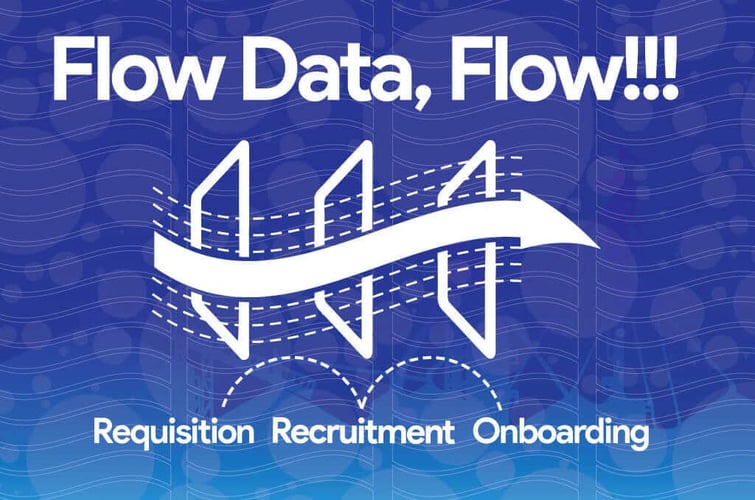As recent as ten years ago, a highly customized recruitment software solution used to be a privilege, that’s only attainable by the top corporate of the western world.
You needed a million dollar budget to be able to afford something from vendors like SAP or Oracle to be able to plan and implement, a customized recruitment software for your organisation.
The next generation of ATS products was a lot cheaper and more nimble but, they weren’t as customisable!
So in a perfect world, you want a product that’s just as customisable as the SAP and Oracle of the world, but more connected, more nimble and a lot cheaper. It also needs to be flexible, has self-service capabilities, comes with a free-plan for unrushed testing, and; needs to be intuitive too. That’s what you expect from a modern platform these days.
So the ultimate recruitment software product for HR, in my opinion, needs to at a minimum, exhibits the following deployment paradigm and features:
- Highly customizable
- Self Service
- Intuitive
- Modern
- Open Architecture so it can integrate with other HR systems
- Cloud-based
- Comes with a free-plan for adequate and unrushed testing
- Connected with multi-posting capabilities to job-boards and social sites
- Comes with a free carer site
- Works on tablets and mobiles (at least the entire candidate experience)
- Comes with a requisition approval workflow
- Has great live talent community features
- Has an onboarding module
OK, so let’s now get back to our topic, which is:
Is the Applicant Tracking System dead?
I would say yes it is dead and here’s why:
In my opinion, all the current significant ATS players, do not meet the 13 above-mentioned criteria, and they will have serious issues meeting those criteria.
Problem # 1 – Cannibalizing a big chunk of their revenue
To start with, opening a genuine free tier (free plan), one where a client can extract a serious value from it and upgrade if and when they’re ready is almost impossible for those traditional ATS players. This is because they would have to cannibalize way too much of their own existing revenue to create a free tier. Let alone that it’s a gigantic technological challenge for a system that’s built in the pre-cloud era.
Problem # 2 – Too much of a tech change
It’s hard enough for a product that’s built from the ground up in the Cloud era to evolve with changes in tech, let alone for a piece of software that was built 20 years ago. Thus, it’s very hard for established software companies like SAP and Oracle to change and become a highly customizable modern platform with a self-service approach.
Problem # 3 – Migrating existing clients
How do you migrate all the existing clients from the legacy to the new platform when they’re so different? This would be nothing but a nightmare! Ok, let’s just say that it’s possible from the tech point of view although it’s a huge task and would never be 100%. Now how about the user training? Are they going to like it? and How do you get them to adopt the new platform? It would take 300 years of delicate account management to move 10,000 clients from a legacy Applicant Tracking System to a modern platform.
Problem # 4 – Integration and openness
Those legacy Applicant Tracking System providers were built with hegemony in mind – they were built by companies whose strategy was based on the “Single supplier advantage” and so integration and playing nicely within the HR technology ecosystem is not their forte. Let’s be honest about it – probably 80% of their sales are made because Oracle or SAP is already there with HR, Payroll, ERP etc… and so they convince management with the theory that it will all work nicely together and you’ll only have one invoice from one supplier.
Conclusion
The future is a cloud and freemium based platform, that has the customization capabilities that products like SAP and Oracle have, but where the users themselves (as opposed to $2,000/day developers) can get up and running with the out-of-the-box setup, and; fine tune it, as they need to.
Until next time! Take care!





Blog comments